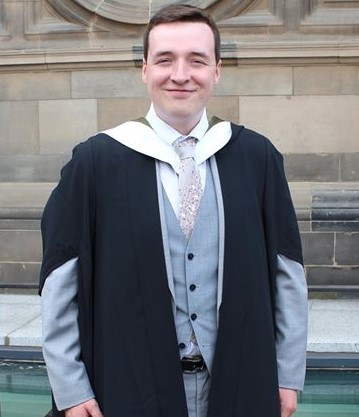Cameron Berry, MPhys alumni who graduated in summer 2019, talks about his student journey at the University of Edinburgh.
Why did you choose Edinburgh?
Applying to Edinburgh for me was a very natural fit considering half my family is Scottish. I had visited Edinburgh multiple times and it was only a short train journey from home. As I visited the city and University in the lead up to applying, I felt sure it was where I wanted to end up. However, I really couldn’t have known what a ride it would be studying here for five years!
Continue reading “A year after graduation: reflections from a MPhys Physics alumni”



